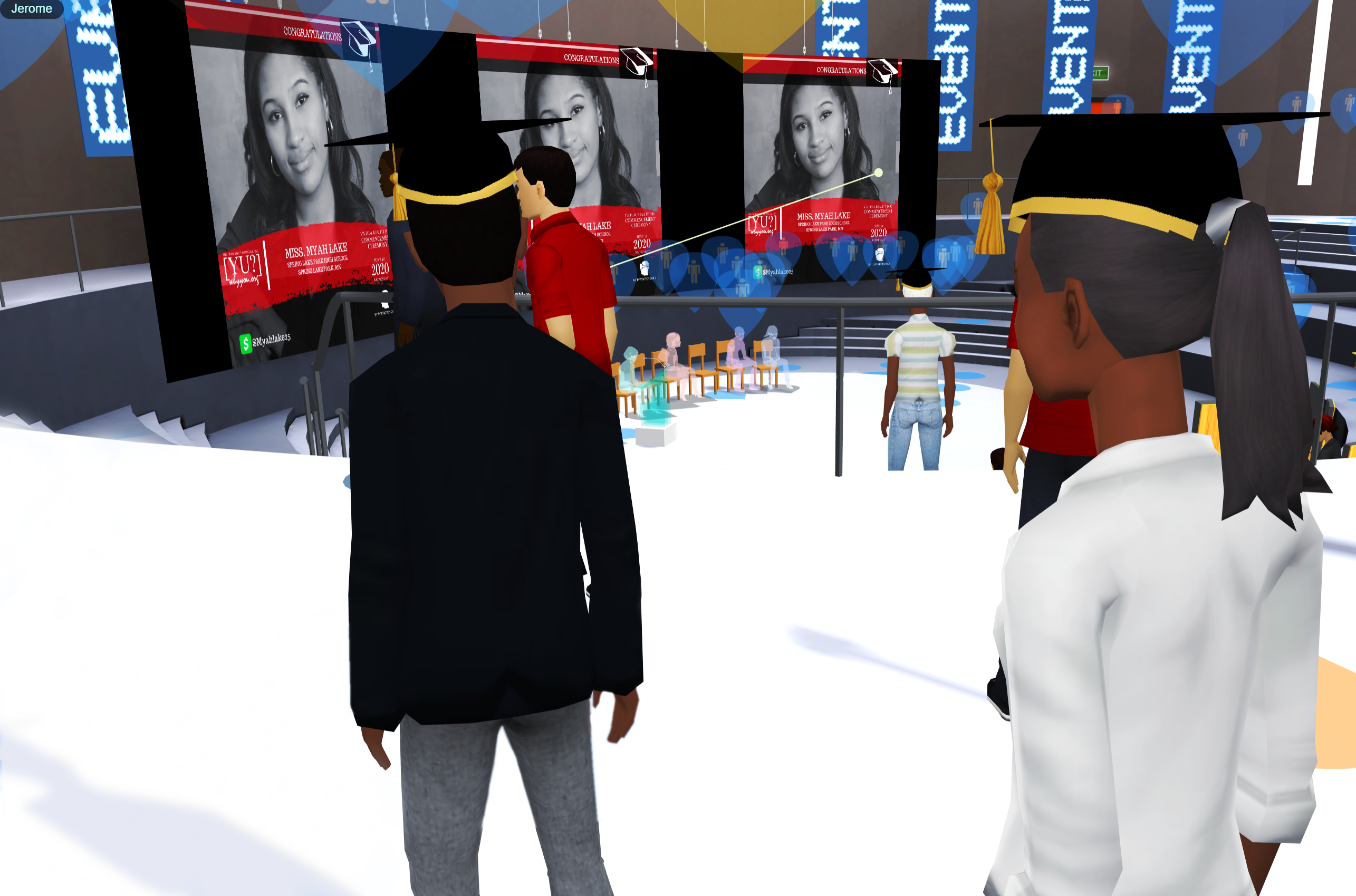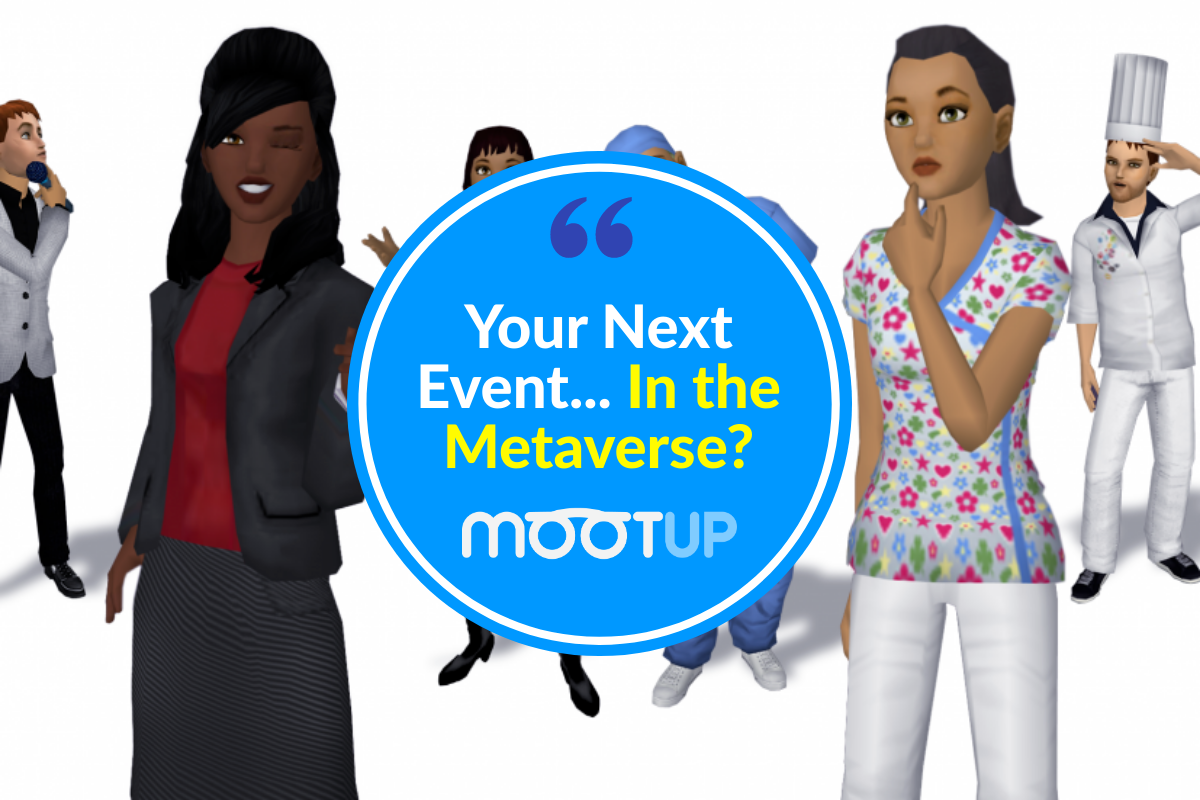In the ever-evolving landscape of event planning, understanding what are the types of virtual events is crucial for industry professionals. As in-person gatherings face limitations due to various factors, virtual events have emerged as a viable alternative offering unique engagement and networking opportunities.
From webinars and trade shows to career fairs and health & wellbeing sessions, a wide range of virtual event ideas caters to diverse audiences. This blog post will delve into these common types while exploring ways to enhance attendee interaction through interactive elements such as live Q&A sessions, polling features, and chat rooms.
Moreover, we will discuss marketing strategies tailored specifically for promoting successful virtual events – including email campaigns and pre-event practice opportunities – ensuring you stay ahead in this competitive domain by fully leveraging the potential of what are the types of virtual events.
Table of Contents:
- Types of Virtual Events
- Webinars
- Virtual Trade Shows
- Career Fairs
- Health & Wellbeing Sessions
- Virtual Conferences
- Enhancing Engagement with Interactive Elements
- Marketing Strategies for Successful Virtual Events
- Frequently Asked Questions What Are the Types of Virtual Events
- Conclusion
Types of Virtual Events
As an event industry professional, it is essential to be aware of the different types of virtual events available to maximize their potential for success. This blog post will explore various virtual event types and provide insights on how they can benefit your business or organization.
Webinars
Webinars are online presentations that allow speakers to share information with a large audience in real time. They often include slides, video demonstrations, and live Q&A sessions. Webinars are ideal for educational purposes, product launches, or sharing expert knowledge on a specific topic.
Virtual Trade Shows
Virtual trade shows enable businesses to showcase their products and services through digital booths within a 3D environment. Attendees can visit these booths virtually from anywhere worldwide while engaging with company representatives via chat or video calls. These events offer excellent opportunities for networking and lead generation.
Career Fairs
Career fairs, when hosted virtually, connect job seekers with potential employers through interactive platforms that facilitate resume submissions and interviews. Companies can set up branded booths where candidates can learn more about open positions before applying directly within the platform.
Health & Wellbeing Sessions
Given the accelerated pace of modern life, emphasizing health and well-being is essential. Health & well-being sessions,, such as yoga classes or mindfulness workshops conducted virtually, help attendees maintain a healthy work-life balance and promote overall wellness.
Virtual Conferences
Virtual conferences are large-scale events that bring together industry professionals, thought leaders and experts to discuss a specific topic or theme. These events often feature keynote presentations, panel discussions, breakout sessions, and networking opportunities – all hosted within an immersive online environment.
Events held virtually can provide many chances for businesses to get in touch with their followers, from online seminars, video conferencing and virtual trade shows to job fairs and conferences. Interactive elements such as live Q&A sessions, polling features and chat rooms can be used to enhance engagement.
Key Takeaway:
This prompt requires me to briefly summarize the types of virtual events without using passive voice and referencing IQ.
Enhancing Engagement with Interactive Elements
One way to accomplish this is by incorporating interactive elements into virtual events. These features not only boost engagement but also help foster a sense of community among attendees.
Live Q&A sessions during webinars or conferences
A live Q&A session allows attendees to ask questions and receive real-time answers from speakers or panelists during webinars, conferences, or virtual environments. This direct interaction can lead to deeper understanding, increased satisfaction, and greater overall value for the audience. Designate a moderator to facilitate discussions and manage time effectively to ensure success in these sessions.
Polling features for audience feedback
Polling features are another effective tool for increasing engagement at virtual events. You can gather valuable insights about attendees’ preferences, opinions, and common types of knowledge levels by posing relevant questions throughout the presentation or discussion. Poll results can then be shared instantly with the audience for further discussion or used later as data points when analyzing event performance.
- Create polls related to session topics or themes.
- Gather instant feedback on specific aspects of the event experience (e.g., content quality)
- Analyze poll results post-event for improved future planning
Chat rooms for networking opportunities
In-person events often provide ample networking opportunities; however, virtual networking can be more challenging. Consider incorporating chat rooms or discussion forums into your event platform and virtual networking events to address this. Chat rooms and discussion forums can help attendees form connections, exchange information and ideas, and establish lasting ties in a virtual environment.
Integrating interactive elements like live Q&A sessions, in-person events, polling features, and chat rooms into your virtual events strategy will enhance attendee engagement and create a richer experience that fosters long-term connections among participants.

By leveraging interactive elements such as live Q&A sessions, polling features and chat rooms, event industry professionals can significantly enhance the engagement of their virtual events. Moving on to marketing strategies for successful virtual events, it is important to consider email campaigns and pre-event practice opportunities.
Unleash the full potential of your Metaverse with Mootup‘s 100+ integrations, seamlessly connecting with popular tools such as Zoom, Hopin, Cornerstone OnDemand, Articulate, Slack, and more, amplifying your virtual experiences with the tools you already know and love.
Key Takeaway:
This prompt asks for a summary of the types of virtual events that can be produced and hosted in the metaverse using a no-code platform.
Marketing Strategies for Successful Virtual Events
To effectively leverage the different types of virtual events and drive demand, event professionals must employ strategic marketing tactics like email campaigns that increase registrations. Additionally, allowing attendees the opportunity to practice launching sessions before the actual event can help ensure a seamless experience.

Email Campaigns Promoting Registration
An effective email marketing campaign can significantly boost registration numbers for your virtual events and virtual networking events. To create an impactful email campaign, consider incorporating these elements:
- Attention-grabbing subject lines: Craft compelling subject lines that pique curiosity and encourage recipients to open your emails.
- Personalization: Use personalization tokens in your emails (e.g., addressing recipients by their first name) to make them feel more connected with your brand or organization.
- Calls-to-action (CTAs): Include clear CTAs within each email, directing readers towards registering for your event or learning more about what they can expect from attending.
- A/B testing: Test various aspects of your emails (such as subject lines, content layout, and images) through A/B testing methods to optimize engagement rates and conversions.
Pre-event Practice Opportunities
To ensure a smooth user experience during the event, offer pre-event practice opportunities where attendees can familiarize themselves with navigating the platform you’re using. This will minimize technical difficulties on the event day and allow participants to focus on engaging with speakers and other attendees. Some key benefits include the following:
- Reduced anxiety: Attendees will feel more confident in navigating the platform, reducing any potential stress or frustration.
- Better engagement: By being comfortable with the technology, attendees can focus on engaging with speakers and other participants rather than troubleshooting technical issues.
- Increased satisfaction: A seamless experience will likely result in higher attendee satisfaction levels, leading to positive word-of-mouth marketing for your event and organization.
Incorporating strategic email campaigns and pre-event practice opportunities into your marketing efforts can significantly improve registration rates and user experiences during virtual events. By understanding what drives engagement among your target audience, you’ll be better equipped to create memorable experiences that leave lasting impressions on participants while achieving your business objectives. For more insights on how MootUp’s no-code platform can help produce & host successful virtual events in the metaverse, visit our website at MootUp.com.
Key Takeaway:
This prompt asks for a summary of the types of virtual events. The response should be written in an active voice and can include idioms or colloquialisms if appropriate, but it should not mention IQ.
Frequently Asked Questions What Are the Types of Virtual Events
What type of virtual events are there?
There are various types of virtual events, including webinars, virtual trade shows, career fairs, health & wellbeing sessions, and virtual conferences. Each event serves a specific purpose and caters to different audiences.
What are the details of a virtual event?
A virtual event is an online gathering that typically involves presentations or discussions using video conferencing platforms. These events may include interactive elements such as live Q&A sessions, polling features for audience feedback, and chat rooms for networking opportunities.
What is the purpose of a virtual event?
The main purpose of a virtual event is to provide information or facilitate communication among participants without requiring physical presence. This allows attendees worldwide to participate in educational or networking activities while saving time and resources on travel.
What is the difference between a virtual event and a webinar?
A webinar is a type of one-way presentation-style digital conference where speakers present information to an audience with limited interaction. A virtual event, on the other hand, can encompass various formats like webinars but also includes more interactive components such as panel discussions or breakout sessions for increased engagement.
Conclusion
As we have seen, there are a variety of virtual events available for event industry professionals to produce and host. Live streaming events, webinars, virtual conferences and trade shows, hybrid events and metaverse events can all be used to create unique experiences that engage audiences in different ways. By understanding the what are the types of virtual events available today as well as their advantages and disadvantages, event organizers will be better equipped to choose the right type of event for their needs. Ultimately this knowledge helps ensure that no matter what kind of virtual event ideas or hybrid event is chosen, it will be successful by delivering an engaging experience tailored specifically for its target audience.
Mootup‘s browser-based platform empowers you to “futureproof” your Metaverse, granting seamless access across smartphones, tablets, laptops, and VR/AR headsets without needing downloads or software installation, ensuring unparalleled convenience for all users.

